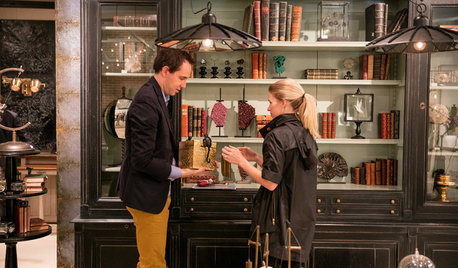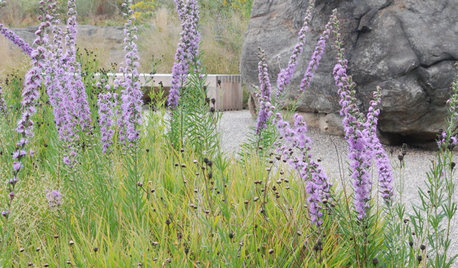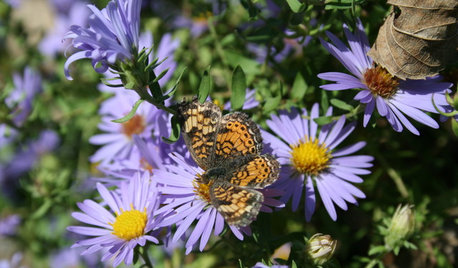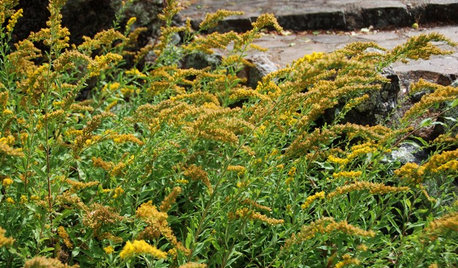Going Native
scardanelli
13 years ago
Related Stories

GARDENING GUIDES15 Native Flowers That Feed Native Bees
These perennials offer superfood to hundreds of bees and are gorgeous in their own right
Full Story
FLOWERSRudbeckia Mania: Go Beyond Black-Eyed Susan in the Garden
Branch out from typical nursery fare, with lesser-known Rudbeckia species that have delightfully unexpected features
Full Story
GARDENING GUIDESHow to Find the Right Native Plants for Your Yard
Find plant maps, sale sites and guides that make going native in the garden easier than ever
Full Story
GARDENING FOR BUTTERFLIES3 Ways Native Plants Make Gardening So Much Better
You probably know about the lower maintenance. But native plants' other benefits go far beyond a little less watering and weeding
Full Story
INSPIRING GARDENSNative Plants Bring 10 Southern California Front-Yard Gardens to Life
Rare plants, rain gardens and wildlife habitats are just a few of the features showcased on the 2016 Theodore Payne Native Plant Garden Tour
Full Story
EVENTSDesign Calendar: Where to Go and What to See in April 2016
Tour modern homes, peruse handmade furniture and stroll native-plant gardens this month
Full Story
GARDENING GUIDESNative Wildflowers for the August Transition Into Fall
Keep the garden colorful with these stalwart perennials
Full Story
GROUND COVERSNative Alternatives to English Ivy, Japanese Pachysandra and Periwinkle
These shade-loving ground covers are good for the environment and say something about where you are
Full Story

GARDENING GUIDES6 Native Goldenrods Worth a Second Look
Goldenrod gets a bad rap as being aggressive, but these more mannerly choices offer a bunch of benefits
Full Story


susanlynne48
scardanelliOriginal Author
Related Discussions
[Bay Area] Submission deadline: 2008 Going Native Garden Tour
Q
Volunteer for the 2007 Going Native Garden Tour
Q
WANTED: Going Native
Q
Go Native!
Q
Okiedawn OK Zone 7
susanlynne48
Okiedawn OK Zone 7
scardanelliOriginal Author
susanlynne48
jerlis1016
scardanelliOriginal Author
littledog
Okiedawn OK Zone 7
jerlis1016
Okiedawn OK Zone 7
jerlis1016
bella1999
bella1999
scardanelliOriginal Author
Okiedawn OK Zone 7